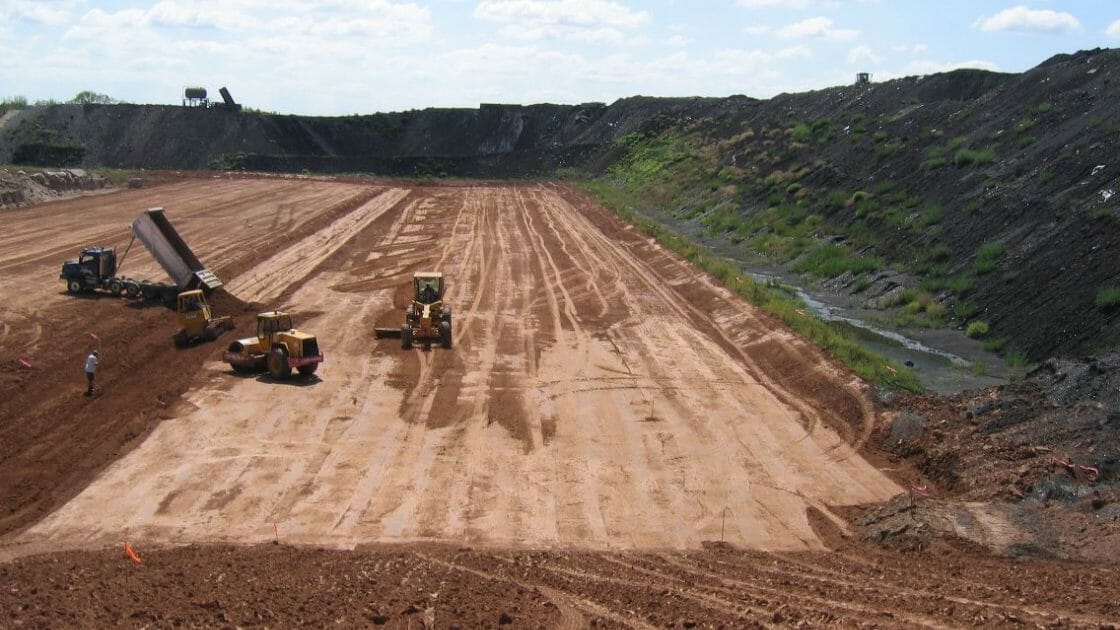Leadership engagement and commitment is critical to the success of integrating multiple systems because organizational leadership is responsible for ensuring that appropriate resources are allocated for needs such as a trained workforce, procuring software to support the EHS/ESG management system, ensuring the safe transfer of data and information into new systems and educating users of the new system through training programs. Visible leadership engagement is also vital to the success of an EHS/ESG system integration. Their visible and demonstrated commitment and ongoing support of the management system process highlights their focus on continual EHS/ESG performance improvement which in turn helps shape the organization’s EHS/ESG culture going forward.
Organizations can realize many benefits from integrating their EHS/ESG management system across the entire organization. Examples of benefits include aligning a stronger safe workplace culture, consistency across all business segments regarding EHS/ESG expectations, goals and objectives and consolidating the components of the EHS/ESG Information Management System (IMS). This IMS effort includes:
- Reduction in software and vendor costs
- Elimination of duplicate, and potentially contradictory, data that could be contained in multiple systems
- Improved system maintenance efficiency by reducing the number of systems and datasets
- Improved quality achieved by integrating EHS/ESG information with the organization’s human resources employee data
- Elimination of organizational silos by standardizing the way that EHS/ESG information and data are collected, managed and visualized
- The improved efficiency in reporting to corporate leadership and regulatory bodies by having a single repository of EHS/ESG information
While the benefits of integrating EHS/ESG management systems are well-known and valuable to the organization, the process for achieving integration must be well-planned and resourced and must have senior leadership support. This article explores the traits, implementation steps and benefits of a successful EHS/ESG management system integration and touches on the potential roadblocks that can stand in the way.

Components of an Integrated Management System for EHS/ESG Risks
The components of an integrated EHS/ESG management system generally follow International Organization for Standardization (ISO) element requirements for specific standards such as ISO 9001, ISO 14001, ISO 45001 and ISO 50001. Generally accepted components of such a system include:
- Policy and Vision Statement
- Leadership Engagement and Commitment
- Organizational Planning
- Roles and Responsibilities
- Support/Resources
- Risk Management and Controls
- Performance Evaluation and Improvement
Companies that develop their own internal standards to match their specific company culture, industry or client requirements may have different or additional elements or may place greater emphasis on a specific element. For an example, a company in the chemical industry will place greater significance on chemical exposure risks in its hazard identification process as an important component of their management system versus a logistics operations facility where chemical exposure is very low. In this scenario, the company can implement a process that includes a well-developed and executed industrial hygiene assessment program to ensure employees are properly protected and appropriate controls are in place and maintained.
Steps in Developing an Integrated EHS/ESG Management System
The steps for developing an integrated EHS/ESG management system are similar to the process for developing a specific management system. However, the evaluation of EHS/ESG risks are considered as a whole to prioritize and determine comprehensive risk controls to meet regulatory requirements and programmatic goals and objectives. Also, there are fundamental elements within a single management system that span across all management systems to create standards for performing integrated tasks (e.g., roles & responsibilities, management review, documentation, etc.). The preferred approach follows the Plan, Do, Check and Act (PDCA) model described by the ISO standards. The time-tested PDCA approach is used by thousands of organizations to achieve continual improvement.
Selecting the appropriate stakeholders for the design, development and implementation of the integrated EHS/ESG management system is a key step in the process to ensure a well-balanced approach. Representatives from various departments such as environment, occupational safety, sustainability and governance, as well as operations, maintenance and management should be included in the system design, planning and implementation. This approach gives each of the various groups the opportunity to shape the organization to achieve its goals and objectives. Barriers, silos or “turf battles” that can slow the integration process can be mitigated by having the various stakeholders work together on the design and planning. This approach enables a greater understanding of how each department benefits from the system, and thus promotes a greater spirit of cooperation and achieving the desired outcomes.
Development of a corporate EHS/ESG vision statement commits the organization and its resources, establishes clear goals and objectives and creates a path forward based on continual improvement that every employee can support. The vision statement must be shared routinely across the organization and posted for internal and external stakeholders to view.
Before launching into the integration process, it is helpful to conduct a self-examination of the organization to determine if it is ready to develop and/or integrate its EHS/ESG management systems. Some typical questions include:
- Why integrate the organization’s EHS/ESG management systems?
- How will the integration steps benefit the organization?
- What is our anticipated investment for the integration?
- How do we determine the return on our investment?
- What are the anticipated hurdles and barriers we are likely to encounter?
- How will we overcome the hurdles and barriers?
A design of the management system can generally follow the ISO approach or can be altered to match your company’s unique culture and business model. The design should incorporate all elements of the standard management system. One example of an effective integrated management system is the elimination of multiple systems for documenting and managing data and information. One system for the collection, analysis and reporting of all EHS/ESG data and information allows for data integration, comprehensive reporting features and enterprise-wide decision-making tools so that the company stays on course to achieve its goals and objectives.
After the team develops and approves the system design, resources can be assigned, information data management tools developed, and timelines established. All facets of the integrated EHS/ESG management system should be documented, communicated and implemented by the organization. These documents should be reviewed and tested by facility and operations staff prior to full-scale adoption. Training programs must also be developed and deployed so that applicable employees are aware of the EHS/ESG risk management protocols, control procedures and work practices and can implement them successfully.
Without periodic review of the health, effectiveness and alignment of the integrated EHS/ESG management system, the system may not provide the protection expected to control significant EHS/ESG risks. Periodic reevaluation of the EHS/ESG risks ensures that the management systems in place adequately track and effectively manages EHS/ESG risks. The data and information generated through the integrated management system will allow you to review EHS incident trends over time, which can be a great indicator of how successful the system is at preventing injuries and/or illnesses to employees and contractors, releases into the community and adverse impacts to the environment. This information can be communicated to organizational leadership and can drive future management system improvements.
Benefits and Value of an Integrated Information Management System for EHS/ESG Risks
A successfully integrated EHS/ESG management system is strengthened through the establishment of a well-designed and implemented information management system. Information provided through the EHS/ESG management system helps confirm compliance with applicable requirements, evaluate trends in EHS/ESG performance and provides management the feedback that the system is working. When it comes time to integrate EHS/ESG data and information into reports, the information can be pulled from a single repository that is standardized and used across all the organization’s facilities. This provides an improvement in efficiency and quality over traditional practices of synthesizing reports from many disconnected data and information sources.
Pitfalls and Obstacles to Avoid When Integrating an EHS/ESG Management System
As outlined above, the steps in developing an EHS/ESG management system are critical. There can be severe consequences, such as implementation cost overruns, slowed implementation due to re-design and adoption of a system that doesn’t adequately control EHS/ESG risks and thus doesn’t protect employee safety, the community and environment.
One of the most critical pitfalls to avoid is lack of organizational leadership support in the development and implementation of the integrated EHS/ESG management system. Lack of leadership support will likely result in poor outcomes related to inadequately designed and implemented systems. In addition, other factors impacting appropriate implementation includes adoption, training, adequate funding and an organizational culture that acknowledges and values the EHS/ESG management system.

Achieve New
Possibilities
Partner With TRC’s Tested Practitioners














































